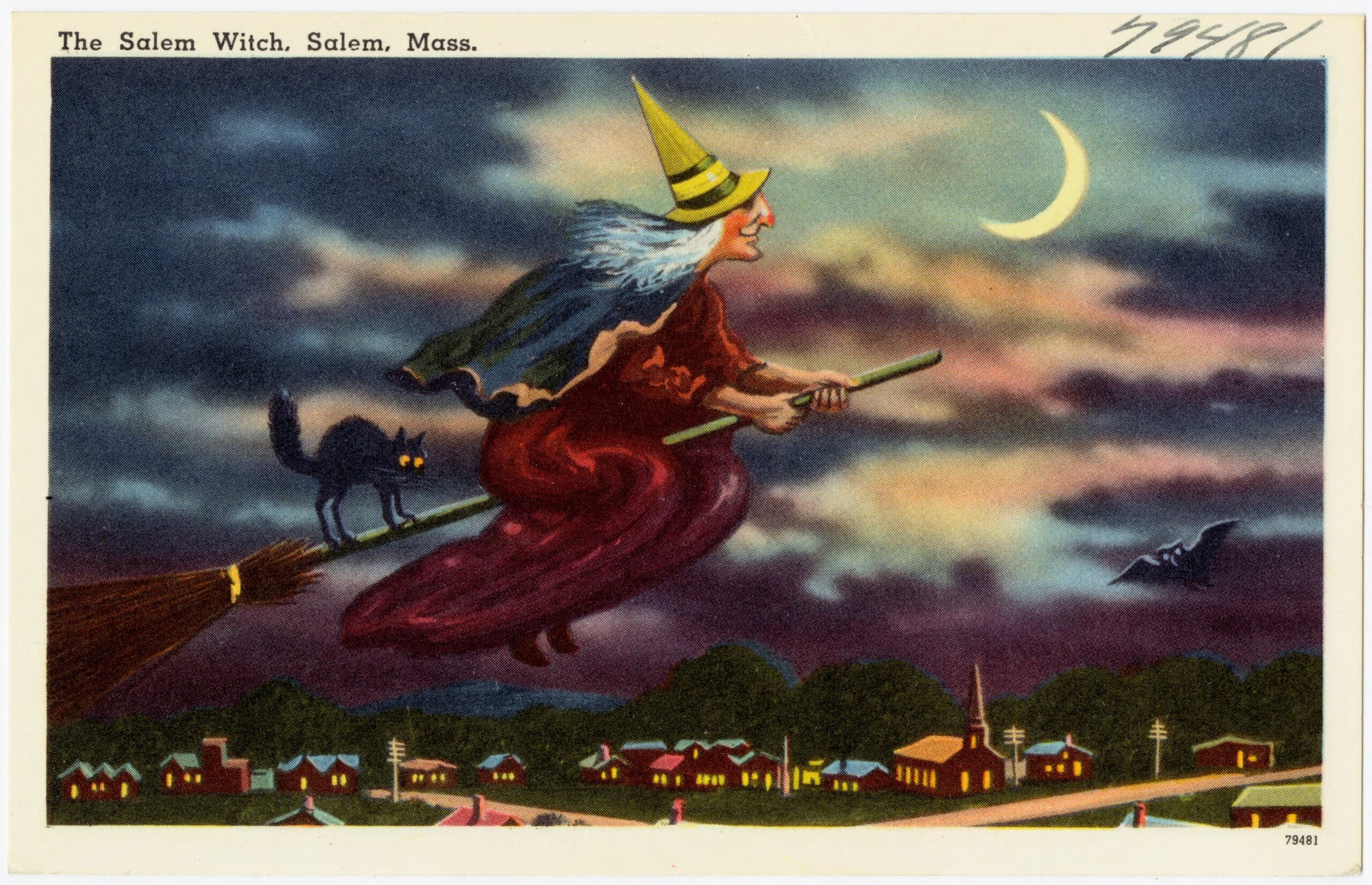What makes American music American? Is there a distinctive American music? What is the relationship between American music and music that is performed in America, that is, musical practices transplanted from other parts of the globe? These questions have commanded the attention of American music historians ranging from George Hood in the nineteenth and John Tasker Howard in the earlier part of the twentieth century, to Charles Hamm and Richard Crawford today. The essays collected in this issue on American music before 1900 provide a range of approaches and answers to persistent questions about the Americanness of American music.
Two scholars (Jeanne Eller McDougall and Nara Newcomer) explore the performance of European musical styles in their original form in North America. Both concern Europeans who travelled and settled in the coastal south during the colonial and early national periods. Other contributors (Myron Gray and Glenda Goodman) are more concerned with hybridity in American music culture. Their essays focus on how musical practices rooted in other places and eras change as a result of the unique musical and political climate of the United States. As essays by Christine DeLucia and me suggest, music could and did reflect political transformations, serving as a form of memory that shaped how composers, musicians, and listeners understood their past.
Finally, two other contributors (April Masten and Carol Medlicott) detail more idiosyncratic forms of American hybridity: Their essays explore jigs based on Irish and African American performance traditions and Shaker music, rooted in their distinctive concepts of family, society, and gender, as well as the special role they created for sacred music.
Rather than trying to define American music according to a narrow understanding and definition, the contributors to this special issue of Common-place explore the multivalent world of British North America and the United States for its first three centuries of existence. They reveal uniquely American trends in music performance, composition, and the climate for musicking, especially in the period predating recorded sound as well as the replication of European practice in the Western Hemisphere and its resonance and use in its new environment. Together, their essays explore the many ways in which music existed in the United States. The result reveals how disparate and quirky American music was in that period. For me, this issue musically captures the sentiment of E pluribus unum so central to our national character.
This article originally appeared in issue 13.2 (Winter, 2013).
Nikos Pappas, an assistant professor of musicology at the University of Alabama, is actively engaged as a scholar and performer of American music from the colonial, early nationalist, and antebellum periods. A recognized Kentucky master traditional musician, he is currently preparing a database of Southern and Western sacred music from 1750 to 1870. His research has received support from the Andrew W. Mellon Foundation, American Council of Learned Societies, the American Musicological Society, the Bibliographic Society of America, Music Library Association, and the American Antiquarian Society.



















